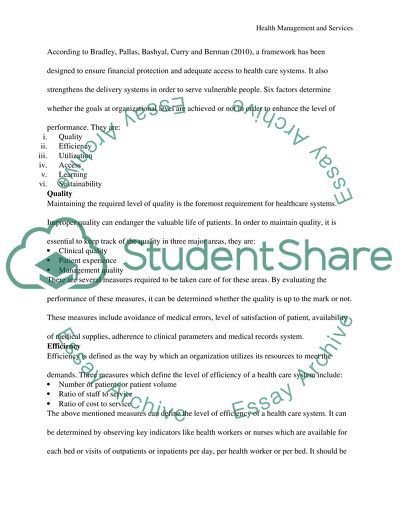Cite this document
(“Cost benefit and economic approach related to health care services Research Paper”, n.d.)
Retrieved from https://studentshare.org/nursing/1395459-cost-benefit-and-economic-approach-related-to-health-care-services-system
Retrieved from https://studentshare.org/nursing/1395459-cost-benefit-and-economic-approach-related-to-health-care-services-system
(Cost Benefit and Economic Approach Related to Health Care Services Research Paper)
https://studentshare.org/nursing/1395459-cost-benefit-and-economic-approach-related-to-health-care-services-system.
https://studentshare.org/nursing/1395459-cost-benefit-and-economic-approach-related-to-health-care-services-system.
“Cost Benefit and Economic Approach Related to Health Care Services Research Paper”, n.d. https://studentshare.org/nursing/1395459-cost-benefit-and-economic-approach-related-to-health-care-services-system.


